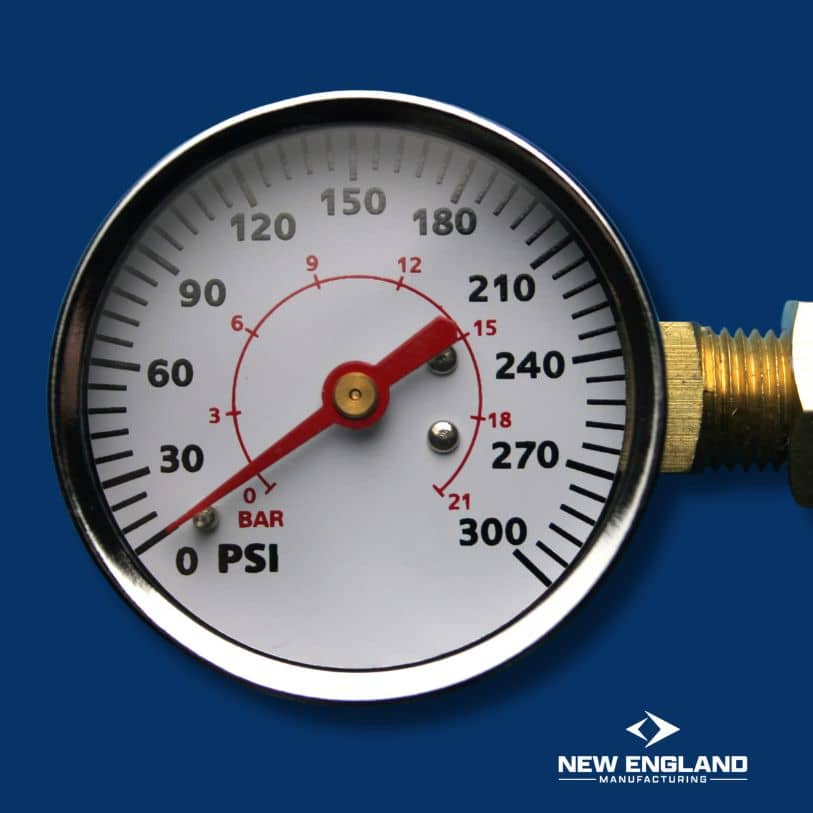Fire Hydrant Color Code System That Saves Lives
Walk down any suburban street, and you’ll notice those metal sentinels standing guard at regular intervals. While most passersby pay them little attention, firefighters view these fixtures as crucial information stations.
The fire hydrant color code emerged when major cities experienced devastating blazes that exposed weaknesses in emergency response systems.
Fire chiefs and water authorities collaborated to develop visual indicators that could be instantly recognized during chaotic situations.
Rather than waste precious moments testing capabilities while flames spread, crews can immediately assess water availability with a glance.
Various municipalities implement slightly different standards, though many follow national recommendations from both water management and fire protection organizations.
These color designations communicate essential details about water sources and flow capacities – information that shapes everything from initial attack strategies to equipment deployment decisions.
Some communities enhance visibility by incorporating reflective elements into hydrant paint, ensuring these critical resources remain identifiable even through thick smoke or darkness.
The Importance of Fire Hydrant Color Code Standards
Fire departments nationwide needed a quick visual reference system, which led to the development of standardized hydrant colors.
While the National Fire Protection Association (NFPA) provides general guidelines, local jurisdictions often adapt these standards to their specific needs.
The colors typically convey information about water pressure, flow capacity, and source type – all crucial factors during firefighting operations.
A red fire hydrant connects to the municipal water system and offers standard flow rates in many areas. These commonly appear throughout residential neighborhoods where normal water pressure meets typical emergency requirements.
Color Code Classifications by Water Flow Capacity
Water volume availability remains the most crucial information firefighters need when approaching a scene, and the color system efficiently communicates this data without requiring time-consuming testing during emergencies.
When you spot a blue fire hydrant, you’re looking at a high-capacity water source delivering over 1,500 gallons per minute (GPM).
These strategic installations typically appear near hospitals, schools, large commercial buildings, and industrial facilities where substantial water volumes might become necessary.
The green fire hydrant designation signals good water flow between 1,000-1,499 GPM.
These reliable water sources handle most standard firefighting scenarios and frequently appear in commercial districts and apartment complexes where moderate-to-high water demands might arise.
An orange fire hydrant, sometimes called a chrome yellow fire hydrant, alerts firefighters to expect intermediate flow capacity, usually between 500-999 GPM.
This classification indicates adequate water for smaller operations, though additional sources might prove necessary when battling larger blazes.
The red fire hydrant typically connects to public water systems yet delivers lower flow rates of less than 500 GPM. These installations commonly serve residential streets where anticipated fire suppression needs remain relatively modest compared to commercial zones.
Alternative Color Coding Systems
Beyond indicating flow capacity, some municipalities employ colors to communicate water source information.
A purple fire hydrant warns that the water supply isn’t potable, often indicating reclaimed or recycled water sources. This distinctive color alerts both firefighters and utility workers about usage limitations.
In private developments or industrial settings, a black fire hydrant often indicates privately maintained water supplies outside the municipal system.
These might draw from retention ponds, dedicated tanks, or specialized private networks, requiring firefighters to adjust their strategies accordingly.
Regional Variations in Color Coding
Local authorities frequently develop their interpretations of the NFPA guidelines, creating significant regional differences in hydrant color applications.
Some areas paint only the bonnet or caps, leaving the body a standard color, while others apply full-body coloration to indicate classification.
For instance, Martha’s Vineyard uses an entirely different color scheme than Boston, despite both falling within Massachusetts.
These regional differences highlight why mutual aid response teams must familiarize themselves with local conventions before emergencies arise.
Maintenance Indicators and Visibility Factors
Beyond classification, color markings sometimes indicate maintenance status. Temporary tags or paint marks might signal hydrants requiring repairs, scheduled for testing, or recently inspected.
Many municipalities implement regular five-year repainting schedules to maintain visibility and information clarity.
Maintenance crews often apply reflective coatings that dramatically enhance nighttime visibility. Some areas also implement seasonal marking strategies, using tall poles or flags to help locate hydrants during heavy snowfall when the fixtures become buried.
Technological Integration with Traditional Coding
Modern fire departments increasingly balance traditional color systems with sophisticated digital mapping tools.
Geographic Information Systems (GIS) now catalog hydrant specifications, allowing dispatch centers to relay precise flow capabilities to responding units before arrival.
Mobile data terminals in emergency vehicles can display hydrant locations with detailed specs, though the visual color coding remains invaluable during system failures or when immediate on-scene decisions become necessary without technology consultation.
The Enduring Value of Visual Communication
Despite tremendous technological advances in emergency services, the straightforward visual information provided through fire hydrant color codes remains remarkably effective.
The ability to assess water availability instantly without electronic mediation saves critical moments during life-threatening scenarios.
Property managers and community safety officers benefit from understanding these codes, as they provide insight into the emergency response capabilities surrounding their facilities and neighborhoods.

Mark R.
With a strong foundation in industrial safety and fire protection systems, Mark R. specializes in creating clear, technical, and compliance-driven content. Writing for SafeTech Reports, he covers topics such as fire hydrant testing, PPE protocols, emergency procedures, and smart technology integration in safety systems. His work ensures that professionals stay informed on the latest regulations, best practices, and emerging trends in safety and infrastructure maintenance.
Get in touch
We usually respond within 24 hours
Need Reliable Water Flow Test Equipment?
For over 70 years, New England Manufacturing has been the trusted source for fire hydrant and water flow testing kits. From pitot gauge kits to custom test kits, we provide precision, durability, and expert calibration to meet your needs.
- Custom-built test kits
- High-quality pressure gauges
- Reliable calibration services



